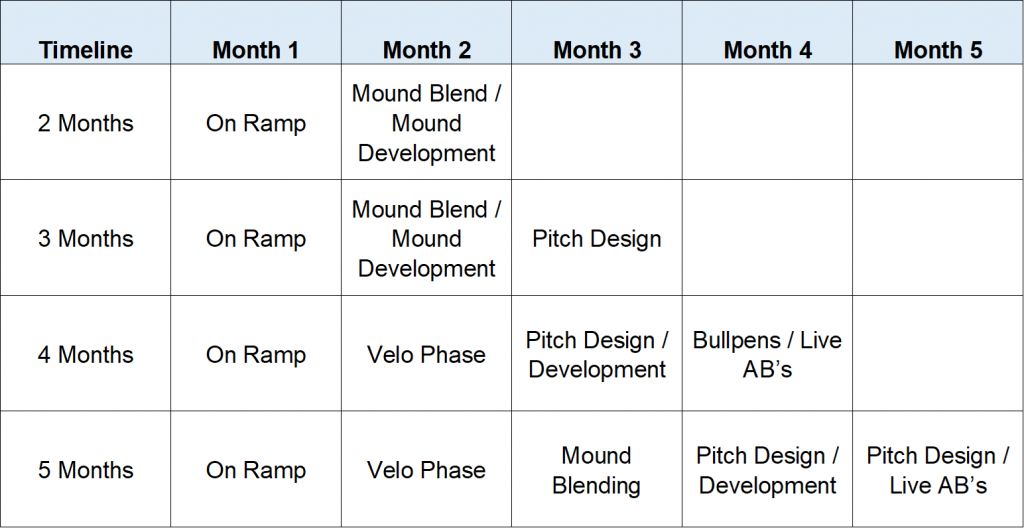
A comprehensive arm care program for pitchers should be a part of every athlete’s routine. Although most pitchers think of the warm-up when it comes to arm care, a post pitching arm care and recovery protocol is just as important. We often get asked about arm care after a throwing session. Basically, it should involve 6 exercises that can easily done in less than 25 minutes and its primary purpose is to help restore lost mobility during an outing. Here’s a quick summary: Continue reading “Post Pitching Arm Care Routine for Pitchers”







